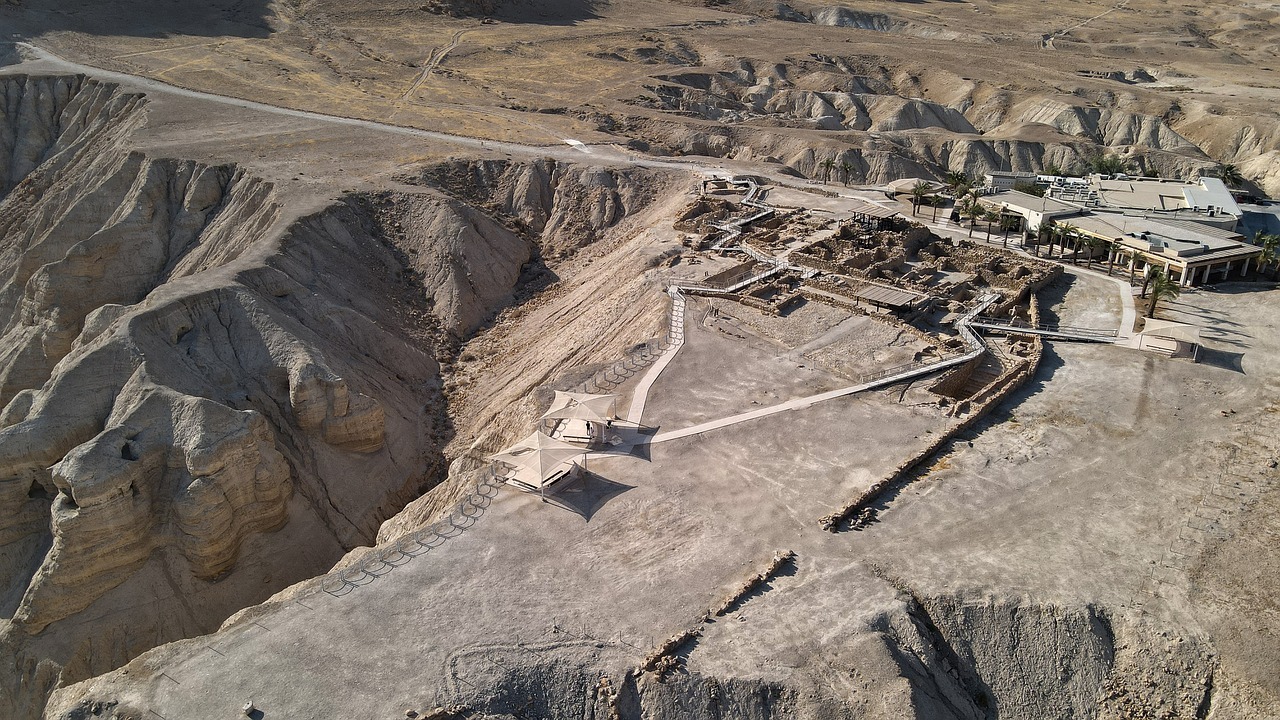The transformational power of technology extends beyond your streets, homes, offices and has already made a permanent mark in different sectors of academia, including Biblical Studies.
From digital manuscripts to complex software for textual analysis, the integration of technology is enriching and expanding the understanding and studying of the Christian scriptures. You can now explore some ways technology is revolutionizing modern biblical studies.

Digital Scholarship Skills
The development of digital scholarship skills among scholars and enthusiasts has been pivotal in advancing biblical studies. It’s a fantastic feat that has added an exciting dimension to the sector.
The ability to use digital tools and resources for research, teaching, publishing, and collaboration greatly enhances efficiency. In turn, scholars can produce profound scholarly arguments with richer substantiation.
Moreover, through technology adoption, individuals in remote parts of the world can engage in biblical studies with much more ease and convenience than ever before.
Advent of Big Data
Big data plays a fundamental role in practically all sectors of innovation – even biblical studies are not lagging. This amalgamation of massive data sets (both structured and unstructured) can make learning more insightful.
Data analytics allows trending patterns to be identified over time and comparisons to be made on a much larger scale. For example at a research level, researchers can analyze how different translations have evolved or diverged over time.
The insights derived from this data-driven approach can provide fresh perspectives on biblical text interpretation or perhaps shed light on historical contexts that influenced their writing.
Kenosis in Digital Hermeneutics
In Christian theology, the notion of kenosis refers to emptying oneself, often in reference to Christ’s sacrifice. The concept has seen modern application in the domain of digital biblical hermeneutics. Here, it describes an approach to scripture interpretation utilizing technology while simultaneously setting aside preconceived assumptions about the texts.
This manner of engagement opens space for questioning long-held conventions and acknowledging alternate ideas. Such willingness to self-empty can give birth to revelation. The result is interpretation that breathes renewed life into scriptural passages by excavating additional layers of meaning. It stimulates vibrant, relevant and well-rounded understanding that remains receptive to varying viewpoints.
As digital tools expand possibilities for scholarship, adopting this orientation of humility before biblical texts allows their timeless wisdom to speak anew to arising contexts.
3D Imaging and Archaeology
Biblical studies share an integral connection to the field of archaeology. Archaeological findings have long functioned to substantiate aspects of the biblical narratives. They anchor these stories within verifiable sociocultural contexts and physical locations.
Continued technological evolution has expanded the capabilities of archaeologists to make new discoveries that further human understanding regarding biblical history. Advancements in areas such as 3D imaging and scanning equipment are amplifying the precision and efficiency of excavation practices.
3D imaging facilitates detailed digital reconstruction of excavation sites. Software can then transform these vivid visual renderings into interactive models. This leads to enhanced conceptual understanding of life in ancient eras by providing unparalleled visualization of the architecture, artifacts and culture referenced in scriptural accounts.
Interpretive Algorithms
Last but not least, interpretive algorithms bear a significant effect on biblical studies. This advanced technology design comes in handy when managing large volumes of data for examination.
For instance, algorithms can facilitate semantic analyses, source-critical analyses etc., by processing and analyzing biblical texts in ways that would be impossible manually or too tedious.
Through these analytical tools, scholars are able to study multiple dimensions of the biblical texts and reveal intricate patterns that could infuse fresh insights into their interpretation and understanding.
Earthquake Analysis Technology
In some cases, modern technology has been employed in an unlikely connection: correlating geologic records with biblical stories. Earthquake analysis technology, such as seismographs sensors and ground penetrating radar(GPR), have proven integral for archaeologists aiming to validate certain narratives from the Bible.
This advanced tech allows researchers to analyze seismic activities from thousands of years ago and compare chronology and descriptions mentioned in scriptures. For instance, investigations done at several archaeological sites in Israel using earthquake archaeoseismology techniques seem to align with biblical references about great earthquakes shaking the region.
Through such correlations between physical evidence and scripture text, further credence might be lent to some historical aspects within the Bible stories, making them even more grounded for scholars and believers alike.
Digital Manuscript Analysis
Digital analysis is not only aiding exegesis but also transforming the study and preservation of ancient biblical manuscripts. Machine learning combined with imaging technology can assess, decipher and save deteriorating documents.
In digital paleography, for instance, algorithm-based software can recognize handwriting styles in manuscripts which help scholars understand provenance, scribal habits and authenticity. Combining this with multispectral imaging brings previously invisible texts back to life.
The sophisticated utilities of tech-science in manuscript analysis are brilliant for preserving and deepening knowledge about the rich textual tradition of biblical narratives.

Virtual Reality for Bible Learning
Innovations such as virtual reality (VR) have found their way into religious education classrooms as well. This emerging technology can offer immersive experiences by virtually transporting individuals to biblical locations or events right from the comfort of their homes or schools.
Through VR simulations, one can engage with a three-dimensional recreation of ancient Jerusalem or witness the parting of the Red Sea. This aids visualization, interaction and consequently comprehensive understanding of the settings and stories described in scriptures.
Beyond just theoretical knowledge, VR could potentially increase empathy and compassion by allowing individuals to ‘experience’ events first-hand like the life of Jesus or the hardships of biblical characters.
Social Media Influence
Social media platforms embrace Web 2.0 democratic ethos empowering global exchanges of perspectives. In biblical discourse, this levels the playing field beyond formal academia. Twitter threads, Facebook groups and Instagram posts enable crowdsourced conversations around interpreting scripture and integrating its wisdom into modern contexts.
Access to inclusive diversity of interpretations and lived experiences shared fosters more holistic student comprehension. It stimulates multidimensional examination that retains contemporary relevance.
Further, social media interactivity transforms static text into vibrant discourse that resonates across generations. Short form videos, memes and introductory online courses on Scripture lower barriers for spiritual seekers early in their discovery. This promotes inclusive participation for non-traditional audiences to engage these ancient works through modern framing.
Thereby the democratizing influence of technology upholds biblical messages as living portals for both timeless revelation and timely guidance amid arising challenges.
E-Libraries and E-Reference Research
The digital era has transformed the concept of libraries. Today, a plethora of resources is readily available at your fingertips in the form of e-libraries. These online repositories serve as gold mines for those pursuing biblical studies.
E-reference materials such as e-books, e-journals, historical documents and other essential literature are accessible without geographical constraints. This ease of accessibility can enhance both breadth and depth of research while studying scriptures.
The advent of online databases also facilitates cross-referencing between various resources providing a more comprehensive insight into scriptures.
Final Thoughts
The integration of technology into biblical studies is reshaping scholarship in significant ways. From big data analytics to VR simulations, from algorithm-based text analysis to social media discussions – these advancements are instrumental in broadening access to biblical knowledge and expanding ways to interpret sacred texts.
The forward march of technology promises exciting future potentials for religious studies, encapsulating both tradition and innovation.